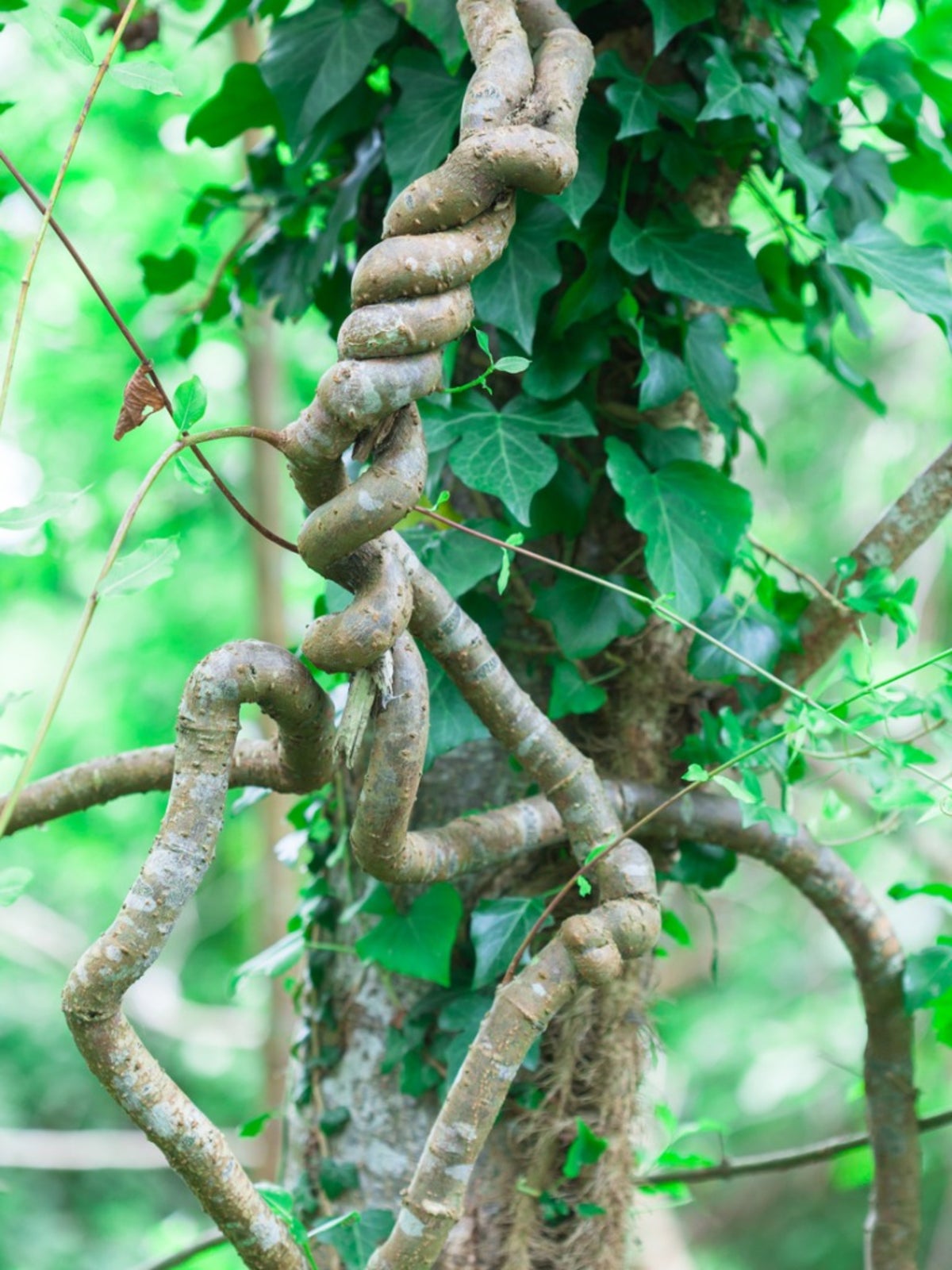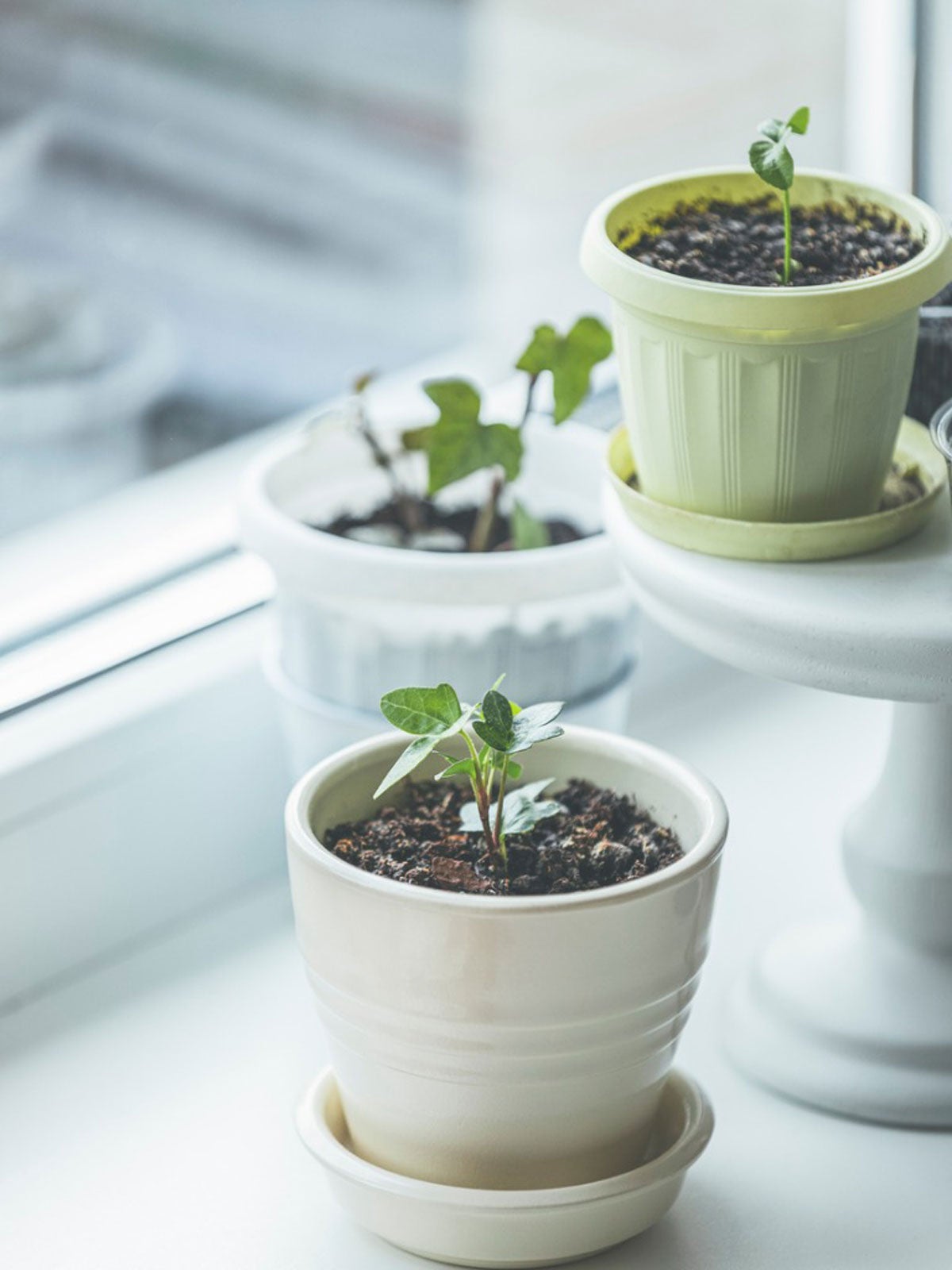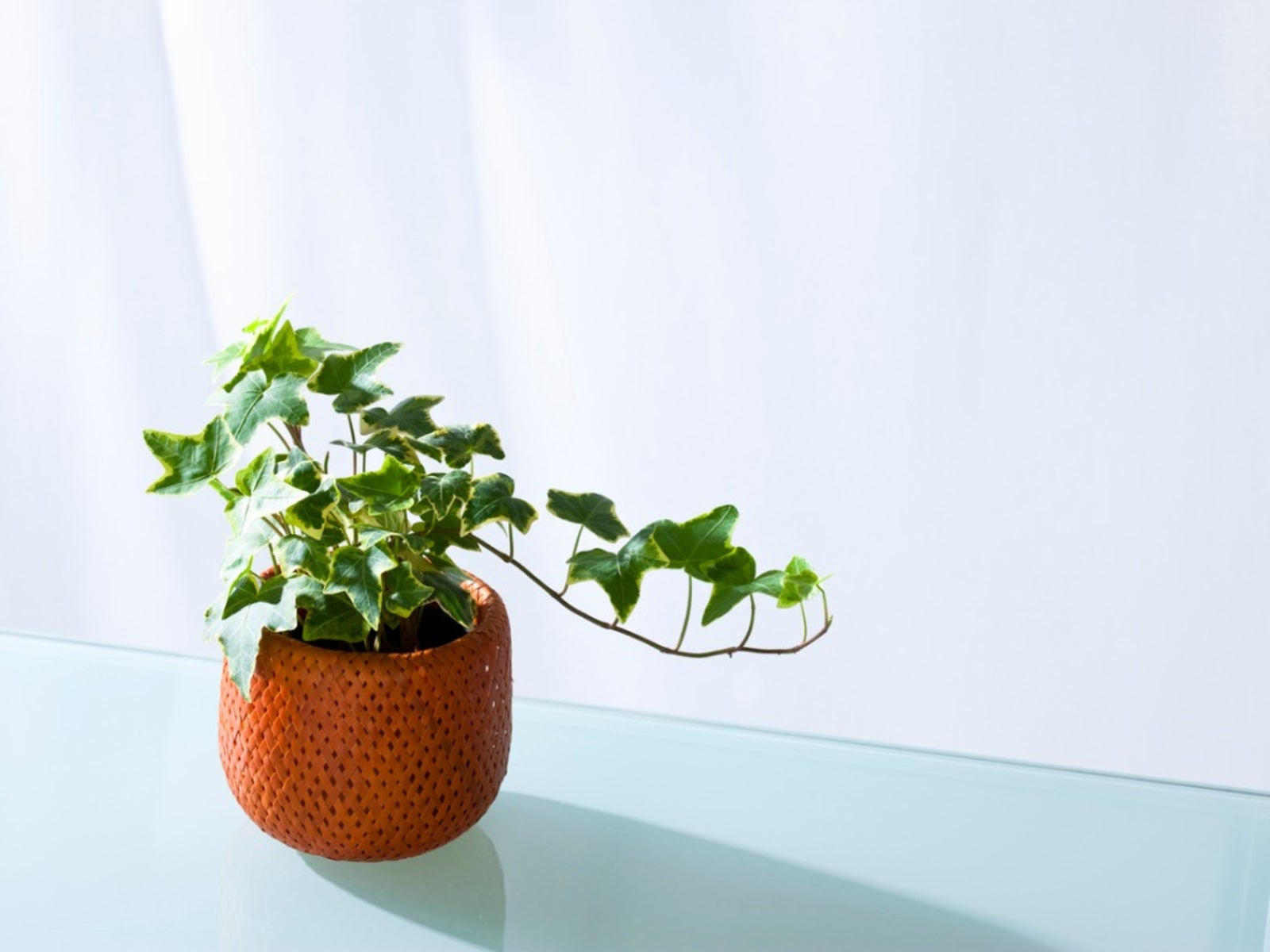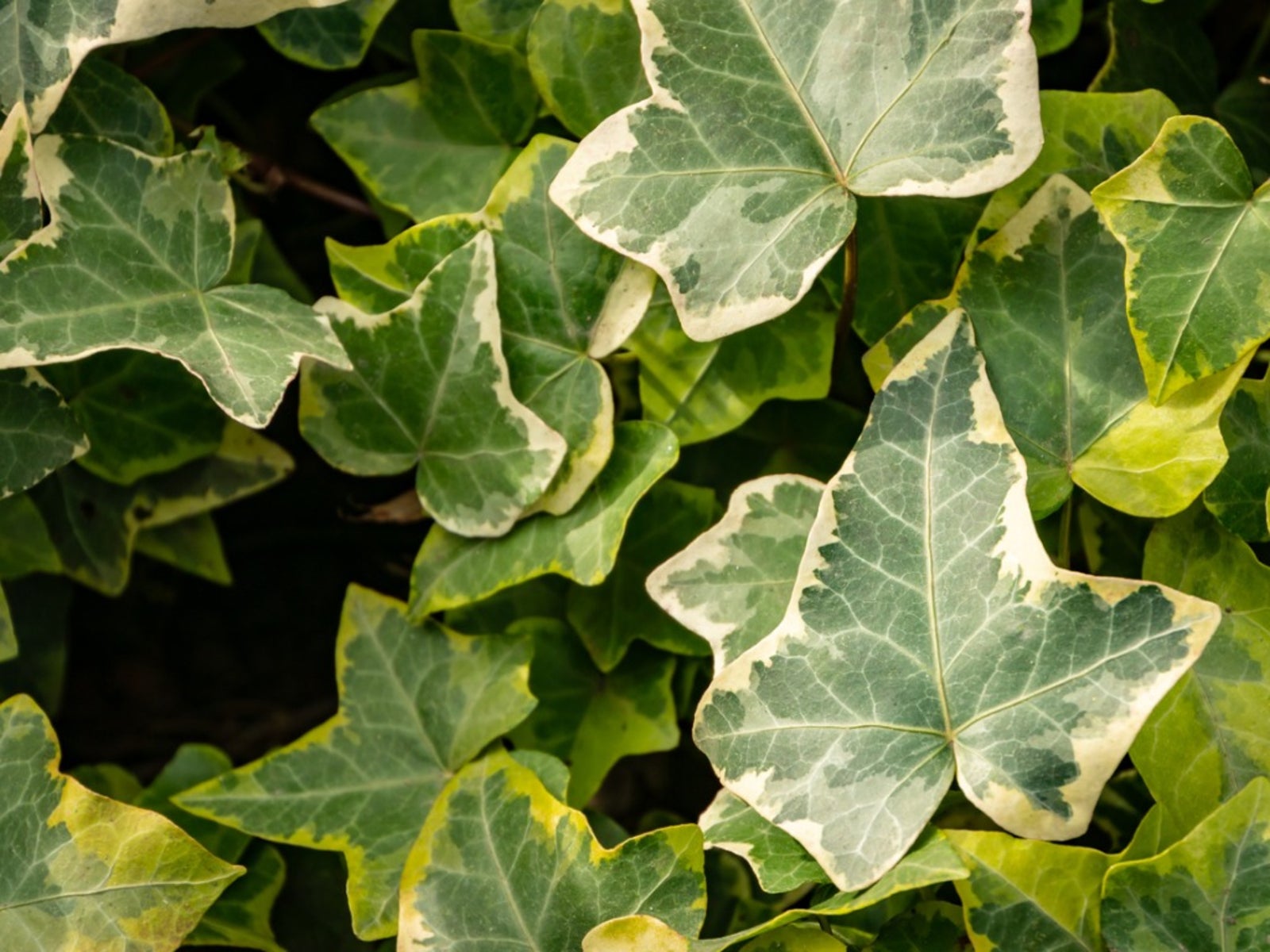What Is Persian Ivy – How To Grow A Persian Ivy Plant


A shade garden staple with good erosion control properties, Hedera colchica has large, thick leaves. It grows vigorously and climbs if provided a support. Otherwise, it grows as a groundcover. It is also called Persian ivy plant.
What is Persian Ivy?
Persian ivy's leaves are heart shaped, making for an attractive vertical display and earning it the common name My Heart. The vine clings by aerial rootlets and can cover a fence or a wall.
Originating in Turkey, Persian ivy's spherical greenish white or yellow flowers appear in autumn. Some types are native to Southern Caucasus on the eastern coast of the Caspian Sea and Black Sea near the Caucasus Mountains. Foliage is evergreen and dark berries follow the blooms.
There is also a variegated form called Dentata Variegata with insignificant flowers. Another type is Sulphur Heart. Grow it in Hardiness Zones 6 to 9. Flowers are attractive to bees and wildlife.
The nectar-rich blooms draw beneficial insects, birds, butterflies/moths and other pollinators. Blooms provide a habitat for pollinators. Include it in your landscape if you’re attempting pest control with the good bugs. However, the plant is toxic to pets and horses.
While Persian ivy grows best in a shady or part-shade atmosphere, it will also grow in full or part sun. As with most ivies, the plant is adaptable to a range of locations. It is often used as a houseplant and makes a beautiful cascading hanging basket.
Persian Ivy Care
Persian ivy's vigorous growth may be controlled by pruning, as necessary. The vine typically has a three to six feet spread(0.9-1.8 m.), although vines can grow as long at 40 feet (12 m.). Use a hand mower for large areas of groundcover vines. If the sap irritates your hands, wear gloves when working with it.
Gardening tips, videos, info and more delivered right to your inbox!
Sign up for the Gardening Know How newsletter today and receive a free copy of our e-book "How to Grow Delicious Tomatoes".
It is easy to propagate the cuttings. Persian ivy needs a moist, well-draining soil and grows well in many types of medium. Water as needed during hot days. The plant may not be winter hardy in colder areas, but a thick layer of mulch encourages longevity. In some areas, Persian ivy may perform as an annual. If this is the case in your landscape, overwinter a few cuttings indoors.
Care of this groundcover may include dealing with damage by leaf spots, mites, slugs, and snails. Beneficial insects may assist with pests. If leaf spot becomes a problem, prune the vine to allow good air circulation. Container plants may be treated with a fungicide, but remember, it can kill the beneficial insects you’ve attracted.

Becca Badgett was a regular contributor to Gardening Know How for ten years. Co-author of the book How to Grow an EMERGENCY Garden, Becca specializes in succulent and cactus gardening.
-
 5 Tough Urban Trees That Thrive In Cities – Top Picks For Urban & Suburban Landscapes
5 Tough Urban Trees That Thrive In Cities – Top Picks For Urban & Suburban LandscapesExplore the best urban trees that will add value to even the most challenging of landscapes. Get growing with these ideas and enjoy all the benefits of trees.
By Teo Spengler
-
 7 New & Improved Cultivars Of Old-Fashioned Plants – These Aren’t Your Grandma’s Plants!
7 New & Improved Cultivars Of Old-Fashioned Plants – These Aren’t Your Grandma’s Plants!Old is new again! These old-fashioned plants have new cultivars that are sure to thrive in your garden and bring the charm factor. Neighbors will be envious!
By Mary Ellen Ellis
-
 Ivy Turning Yellow: Reasons For Yellowing Leaves On Ivy Plants
Ivy Turning Yellow: Reasons For Yellowing Leaves On Ivy PlantsEven the hardiest of ivies may succumb to the occasional problem and develop yellow leaves. Ivy plant leaves turning yellow are rarely serious, though you should make some changes. Read here for help.
By Kristi Waterworth
-
 How To Propagate Ivy – Best Methods For Success
How To Propagate Ivy – Best Methods For SuccessLearn how to propagate ivy and pot up a lovely houseplant. Learning how to propagate English ivy is super-easy, since it forms roots so quickly.
By Anne Baley
-
 Ivy Houseplants - Information On Caring For Ivy Plants
Ivy Houseplants - Information On Caring For Ivy PlantsGrowing English ivy indoors is a great way to enjoy this attractive vine without setting it loose in the garden.
By Heather Rhoades
-
 Information On Care Of A Variegated Ivy Plant
Information On Care Of A Variegated Ivy PlantWhen it comes to indoor plants, a variegated ivy plant can add some sparkle and jazz to an otherwise boring room. But the care of a variegated ivy differs somewhat from the care of other kinds of ivy. Read more here.
By Heather Rhoades